
Airships
We've been there.
You're looking up, enjoying the beautiful day and, to your surprise, you see a hot air balloon floating gently in the air.

Or. perchance, you see an airship (blimp) gracefully moving through the air.

The grace and ease in which these marvels silently slip through the air captivate our attention.
But how do they fly? And how did such airships come to be?
A bubbly personality
Imagine a scuba diver, swimming under the waves and exploring the great deep.

With each breath, air bubbles are blown out. No surprises there. Also not surprising is that they then rise to the surface.
So, professor, you might say, what's your point?
The punchline lies in exploring why the bubbles rise.
The long and short of it is this, the weight of the surrounding water pushes in and up on the bubbles or anything else in the water. This is why you feel lighter in the water than out. But, volume for volume, since air weighs less than water this force is enough to push the bubbles up and out.
(To see more, check out my article on Buoyant force)
More to our point is that this does not apply only to water. Hot air, it turns out, is lighter than cool air and the same thing happens.
Take, for example, fire. Fire heats up the air in it. The hot air wants to “bubble up.” The rising hot air stretches the flame up, accounting for its shape.

To further see the point, this upward moving hot air is responsible for the Weihnachtspyramide (Christmas Pyramid). Rising air from candles spins a fan that causes tiny figurines to go around.

But the fun has just begun.
A bunch of hot air
Joseph-Michel and Jacques-Étienne Montgolfier realized that this could be used to create a flying machine. So in 1783 they made a very large bag and placed it on a large fire to heat up the air. Sure enough, it did indeed fly, going up over a mile and stayed in the air for about 10 minutes.
There was concern about whether human beings could withstand this high altitude. So who could they send up to test this out? The King wanted to use prisoners, but in the end, a duck, rooster, and a lamb were placed in a basket attached to it and everything up along with it. After they come back unharmed, passengers went up next.

Hot air ballooning was born.
>>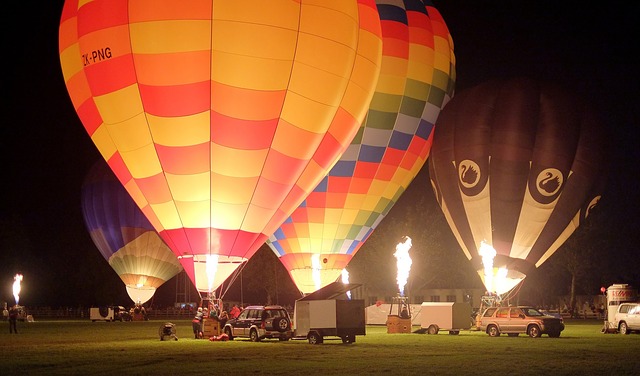 <<
<<
The only way to fly
Hot air balloon flying has a lot of pluses, but it does have it's downsides:
To stay aloft, the air has to be kept hot. To stay up for any amount of time requires a burner and fuel to be carried along with it.
There is little way to steer the craft.
The size of the balloon is limited by the ability to keep the air hot. This means hot air balloons can only be so big.
The solution? Instead, use a gas that is naturally lighter than air. We have a choice of two.
Hydrogen
Helium
These gases can be used to build a flying craft that can carry more, including motors to move it around at the whim of the pilot.
The airship was born.
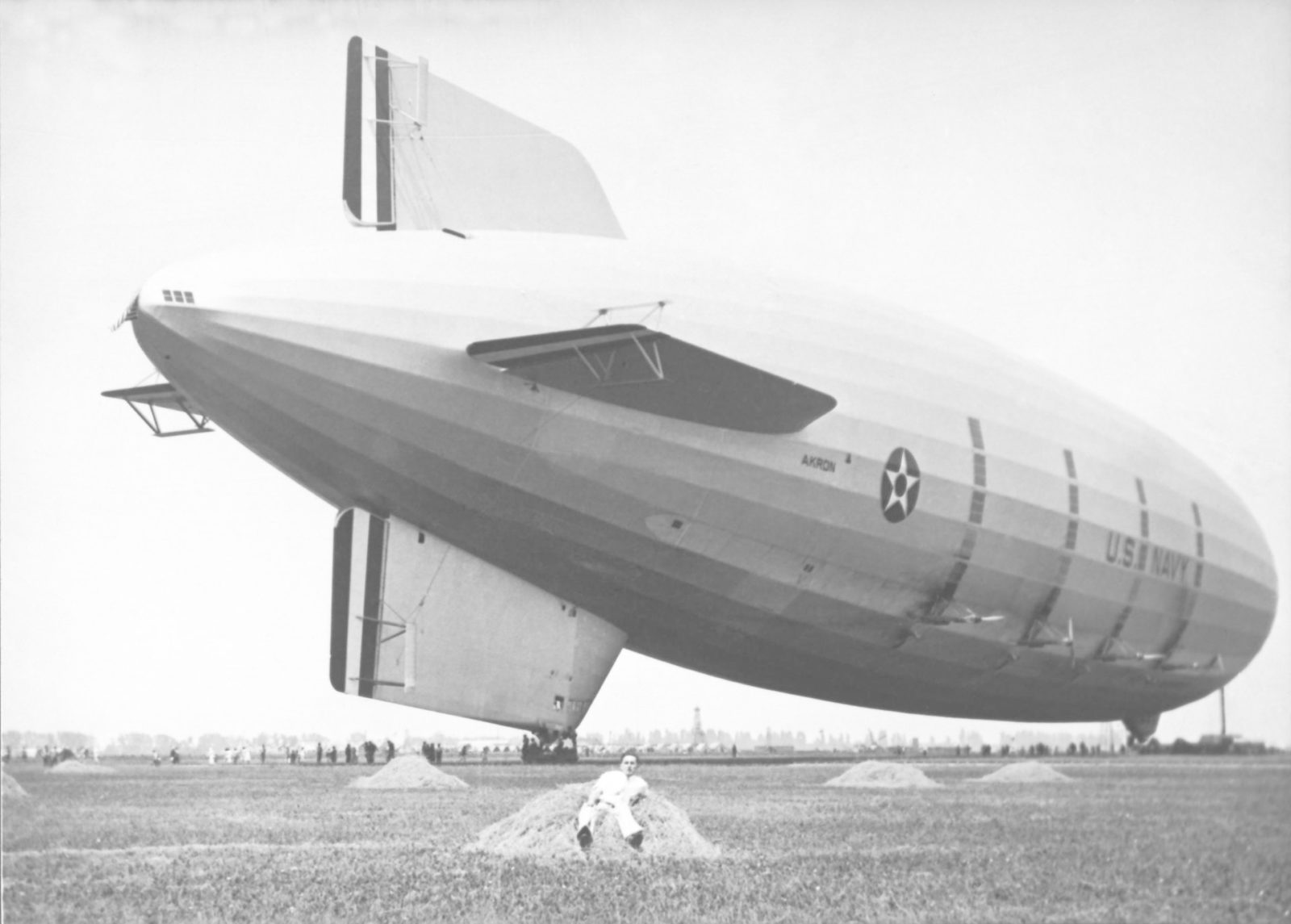
We know about helium and balloons.

However, hydrogen works better as it weighs a fourth of helium. With less weight, it can carry more with less gas.
So in the beginning hydrogen was the gas of choice for airships.
Enter the golden age of airships with the Zeppelins. And the grandest of them all was the Hindenburg.

Hindenburg over New York. The Nazis placed the Swastika all over it for publicity.
And boy was it big!

Interior of Hindenburg showing the hydrogen container.
The Zeppelins were to be the cruise ships of the air. While they moved slower than airplanes, they afforded comfort and class that goes beyond even airplanes flying in modern times.
Check this interior shots:
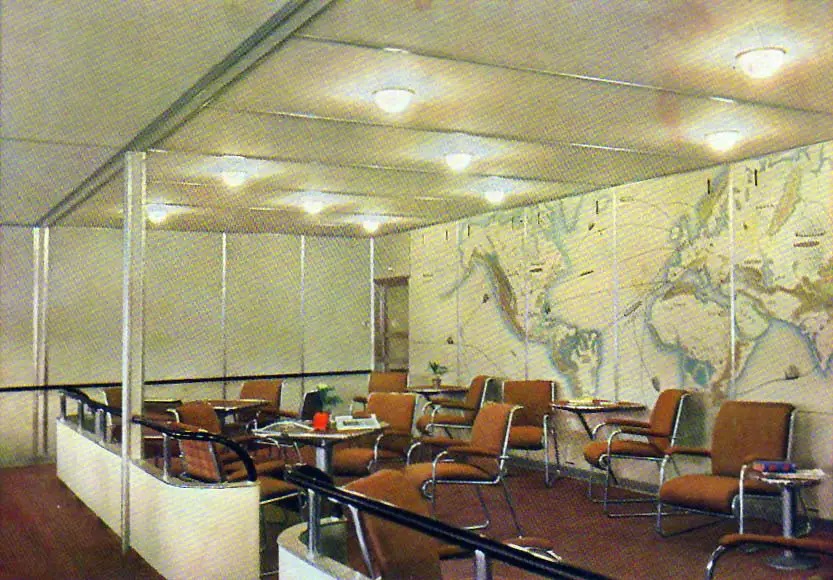
Sitting area
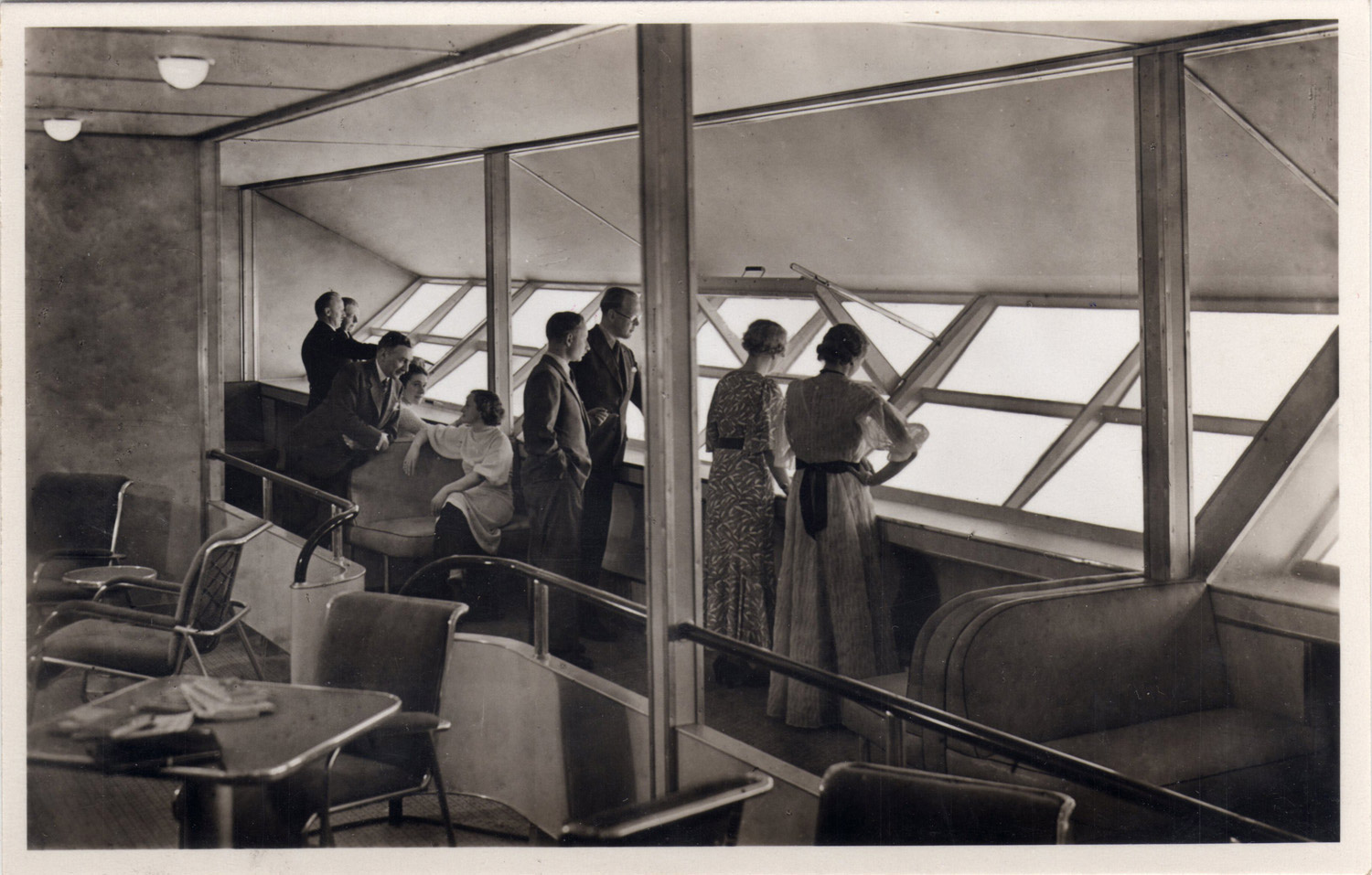
Passengers enjoying the view from above.
Airships appeared to be a serious contender for the future of air travel. When the Empire State Building was built the top was built to have a mooring mast for airships to dock to it.
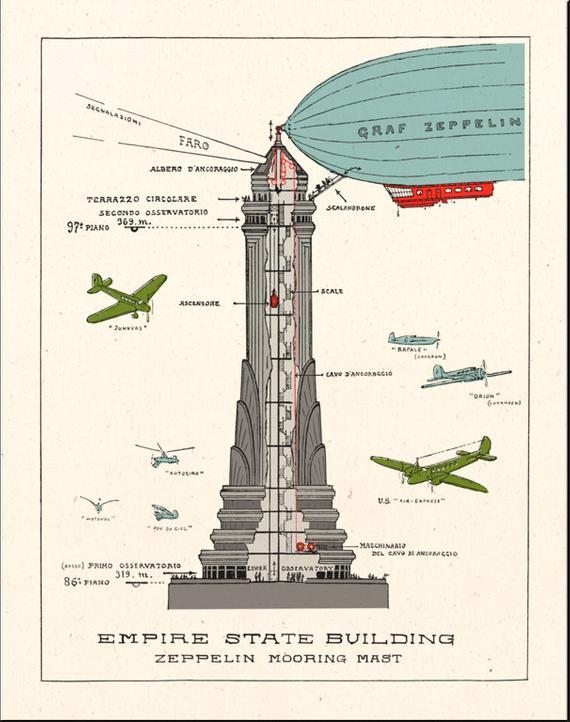
But hydrogen does have its dark side.
What's in a name?
Today, airships have acquired the nickname “Blimp.” How did this nickname come to pass?
The British government came up with a system to classify flying aircraft.
Class A – Aircraft with a rigid frame, such as airplanes.
Class B – Non-rigid aircraft, such as airships.
The class-B aircraft started having the nickname of “blimp.” The name has stuck ever since.
“Oh, the Humanity!”
Now to return to airships and hydrogen's dark side.
The problem is that hydrogen burns very well. It burns very hot and, pound for pound, it releases even more energy than gasoline. This is why it's used as a fuel in rockets (such as the engines on the Space Shuttle).

So the Zeppelins fly by using a big bag of gas just waiting to burn hot.
What can possibly go wrong?
In 1937, while the Hindenburg was landing in New York, disaster struck. Despite all the precautions, a fire broke out. Passengers had literally seconds to jump out and try to escape the burning craft.

The Hindenburg disaster was a real black-eye on airship travel. The golden age of the airship came to a dreadful close.
Floating around today
OK, cruisers in the sky are out. But the dream of floating through the air is far from dead.
One can still enjoy hot air ballooning.

And even if hydrogen is out, blimps with helium still grace the skies.
Hot air and airship flying are beautiful combinations of science and humanity. Science, in that knowledge leads understanding of how they work. Humanity, in that its story is one of human progress and weakness.
What more can one ask for?
Great films
The Hindenburg
(1975) A movie following the ill-fated last flight of the Hindenburg. This movie employs the theory that a bomb caused the disaster. Starring George C. Scott.
On the web
Fly inside the new Goodyear blimp
Ever wondered what it would be like to go in a blimp? This video gives an inside view.
Hindenburg Disaster A Moment In Radio History
The famous recording of the original radio broadcast of the Hindenburg disaster.
Last Living Survivor Of Hindenburg Disaster Recalls Horrifying Scene
Newscast interview of a survivor who tells their story.
Don't miss out on future posts! Sign up for our email list and like us on Facebook!
Check out more hot topics, go back to Home Page
Comments? You can contact me at mailbox@thehomegrownprofessor.com